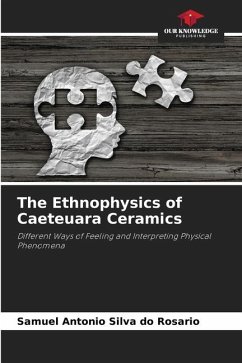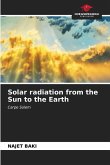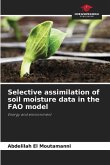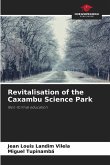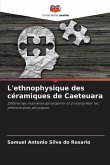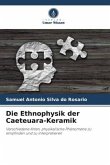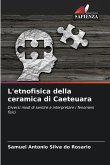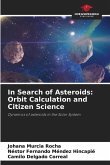The research presents an analysis of the relationship between physics and cultural practices in the Amazon, with regard to the construction process of ceramics produced in the Bragantina region. The research was carried out in a traditional community called "Vila Cuéra", located in the rural area of the municipality of Bragança, Pará, Brazil, on the banks of the Caeté River. The experience portrays the process of building Caetéara pottery, highlighting important aspects where the potter uses his own physics to design his work. In this way, we sought to emphasise each piece of knowledge involved in the ceramics production process, which relates to physics content such as temperature, heat, thermal equilibrium and heat transfer. The aim of this work is to analyse the main ethnophysical knowledge present in the practice of building clay pieces in the "Vila Cuéra" community, as well as highlighting the need for dialogues between ethnophysical knowledge and scientific knowledge from Physical Science, as a way of understanding and respecting the knowledge of the various populations that make up the Amazon.
Bitte wählen Sie Ihr Anliegen aus.
Rechnungen
Retourenschein anfordern
Bestellstatus
Storno

